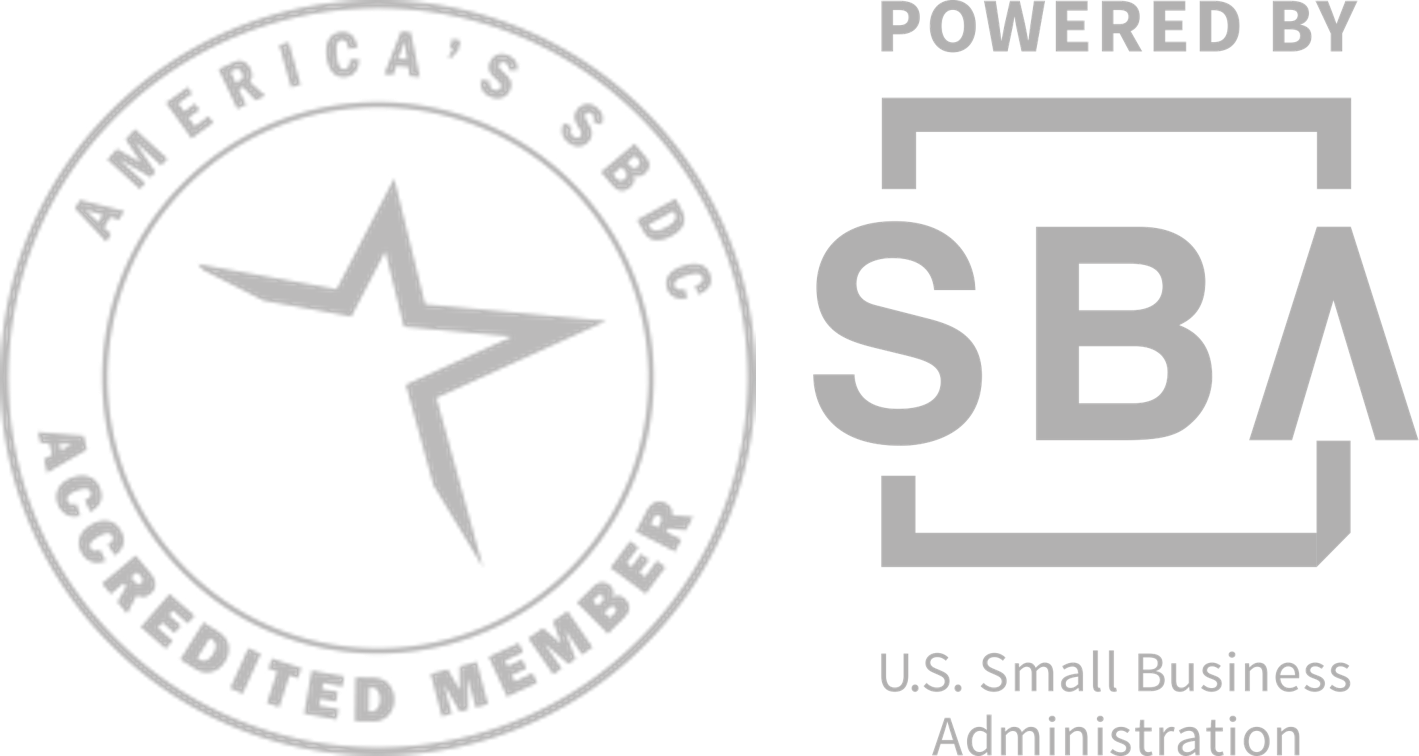Growing Your Business with a Co-Branding Strategy

by Christine Jaros | June 23, 2023
If you aren’t the first to be a small business owner in your space, chances are that someone else has already done the heavy lifting for you. This in turn, provides you with the benefits of learning from their history and saves you time, money, and pain from costly mistakes. Through a strategic alliance with another business, you can use their knowledge and experiences to build and grow your company. Over the years, the act of two companies joining forces has gone by many names including, brand bundling, brand partnership, dual branding, and brand alliances, but today, we call it co-branding.
What is Co-Branding?
Co-branding is a strategy used by two or more brands to collaborate or strategically align with each other based on shared values. The goal is to increase any or all of the following:
- Sales
- Product/Service Reach
- Brand Awareness
- Market Share
- Brand Value
- Brand Reputation
It’s important to note that alliances are usually between two complimentary companies with related brands or products/services, not identical brands, or competitors. Selecting the right partner requires some thought and research on your part. You need to be able to bring something to the party as well. You can’t show up with a bad quality product or service, a social media following that suggests you’ve only been marketing to friends and family, or a poor performing sales effort that indicates a minimal attempt of gaining market share. Seeking a partner with shared values also means seeking a partner with whom you share business accomplishments, though they may not be the same. Each brings value and strengths to the table. In other words, if you have an email customer list of 10,000 clients, and your potential partner has a social media presence with 10,000 followers, it’s complimentary, as both of you could benefit from each other. Co-branding is a two-sided strategic plan where both companies want a win-win opportunity to grow.
Types of Co-Branding
There are many types of co-branding strategies, however, we are focusing on the four most distinct strategies used:
- Composite Co-branding: When two brands join to create a new product utilizing existing components of their respective brands. For example, Taco Bell and Frito Lay connected and launched the Locos Taco, it was a combination of the crunchy shell from Taco Bell while utilizing the corn matza recipe of Doritos which gave it the signature coating of the nacho cheesy dust. It had instant brand recognition from both company’s audiences and was a huge success to the tune of selling over 1 billion tacos in its first year.
- Joint Venture Co-branding: When two companies partner to create an entirely new product brand. An example of this is when Microsoft and the telecommunications network, NBC, joined to create a new entity, MSNBC.
- Sponsorship Co-branding: When two or more brands join to promote an event. Most sporting events involve sponsorship co-branding. One example was during the Stratos Space Jump event where Red Bull and Go Pro collaborated to showcase Felix Baumgartner, an Austrian skydiver, jumping from a space pod 24 miles from the surface of the earth. Go Pro brought a perspective never seen before, catching it all on a Go Pro camera strapped to Felix. It was the embodiment of the two brands – for the Go Pro customer who engages in an adventurous, action-packed lifestyle that pushes one to their limit while also proving to the Red Bull customer that their energy drink does give you wings.
- Tandem Co-branding: When complimentary products promote their products together, like the luxury brands BMW and Louis Vuitton, this is called Tandem Co-branding. In this situation, LV created a 4-piece set of luggage to specifically fit the parcel shelf of the new BMW sports car, the BMWi8. Although each can be sold on their own (the i8 sells for about $135,000 and the LV luggage set sells for $25,000), both brands operating in the luxury travel space used their shared values of their reputation in being known for their luxurious craftsmanship to create a tandem strategy that fits perfectly.
These are all big brand examples, but their concepts can be applied to local markets. Think of a candy-maker collaborating with an ice cream truck, a dentist partnering up with an Aesthetician, a life coach sponsoring the team shirts for a local soccer team, or even a residential house painting company co-branding with a power washing business. All of these examples can work.
Why Co-Brand?
Co-branding brings the benefits of two companies into play without changing anyone’s legal structure or operations. Some of those benefits include:
- Gaining market share through increased sales.
- Penetrating new markets (including global) based on synergy of distribution.
- Increasing brand reinforcement by solidifying repeat customers and obtaining new ones.
- Leveraging successful product performance to engage in brand extensions or product spin offs.
- Accessing a larger marketing budget.
- Using partner’s customer base to build your customers/audience.
- Building market trust by association based on credentials of partner and their products.
- Speeding up brand adoption of new product launches based on market value and credentials of partner’s brand.
- Sharing risks and any challenges amongst both brands.
- Obtaining customer analytics and information.
- Increasing brand value.
Co-Branding Drawbacks
Remember, co-branding is a strategic alliance so there exists a risk factor for each company involved. As always, the question is whether the benefits exceed the risks, even if short term. Here’s a list to keep top of mind, especially as you are vetting your potential alliance:
- If one brand falters, both will experience fall out or failure: Collaborating with a company who possesses proven experience and market integrity can mitigate this risk.
- There may be greater market receptivity to the joint brand product than the individual brands have on their own: There is upside to this risk as you can learn from the shared experience and ideally apply it to your brand to improve its standing.
- Too much co-branding: this can water down the positive impact of brand association. Therefore, you must continue to work on developing your products/services, their quality, their differentiation, and their value to the customer.
Strategic alliances with co-branding can produce a wealth of knowledge in a short span of time and save your business tons of hard-earned money, thus I suggest starting small and giving it a try.





Christine Jaros
Consultants, Jaros, TampaSpecialties: E-commerce, Marketing & Sales, Startup Assistance, Organizational Development Christine Jaros provides business consulting in the areas of startup, business plan development, marketing and sales, e-commerce, finance, wholesaling and retailing, and business management. Before joining the Florida SBDC at USF, Jaros owned her own apparel wholesale sales and consulting business in New York City for 14 years. She has more than 35 years of experience as a professional businesswoman. Jaros built a global-focused career specializing in manufacturing, marketing and sales with organizations including Bidermann Industries, Liz Claiborne Inc, and Hartmarx Corp. Working with iconic brands such as Yves Saint Laurent, Liz Claiborne, Calvin Klein, Polo-Ralph Lauren and Austin Reed, Jaros grew her portfolio of skills to include international sourcing and distribution. She is a certified TTI DISC Certified Professional Behavioral Analyst and TTI DISC Certified Professional Driving Forces Analyst and a certified Associate Business Continuity Professional (ABCP). Jaros obtained her bachelor’s in business management and marketing from Ohio University. She went on to study fashion and apparel in Paris, France, and later received a finance-focused Executive MBA from Pace University in Manhattan.